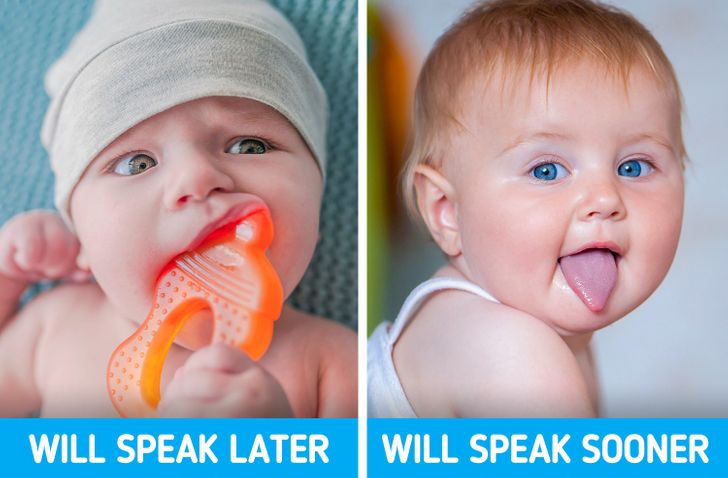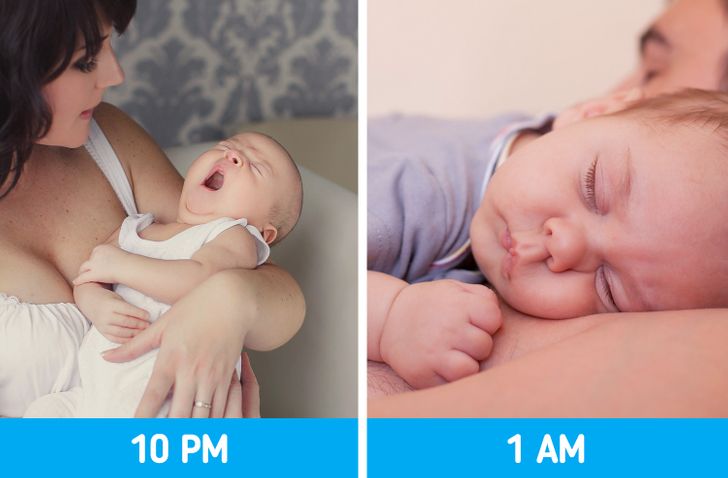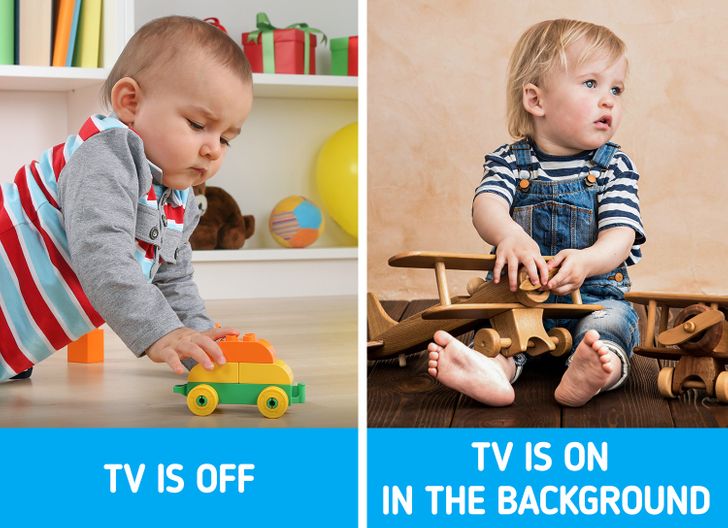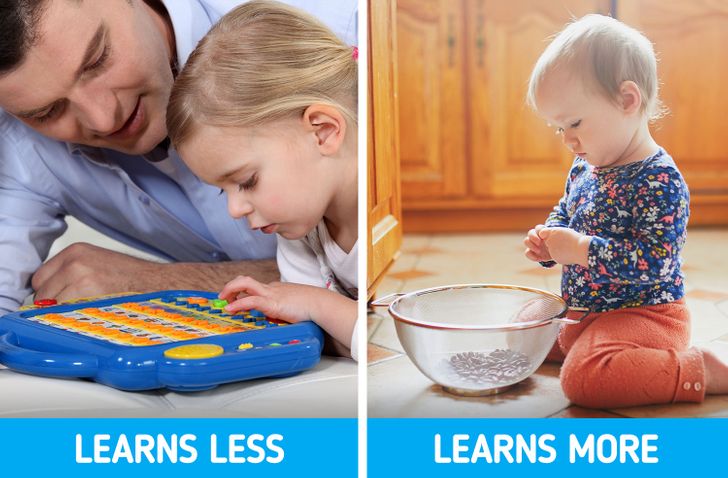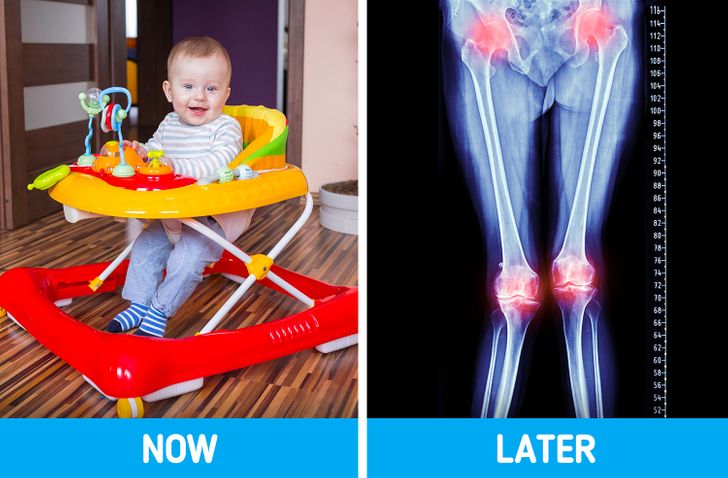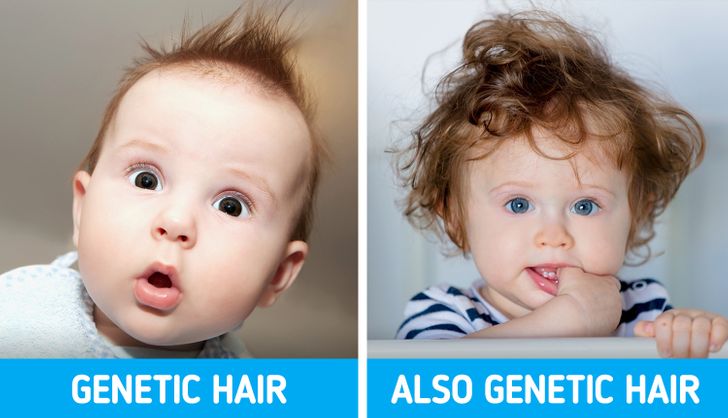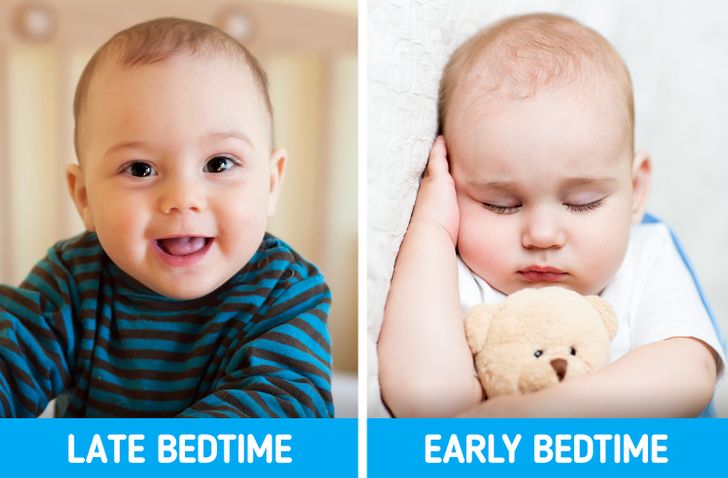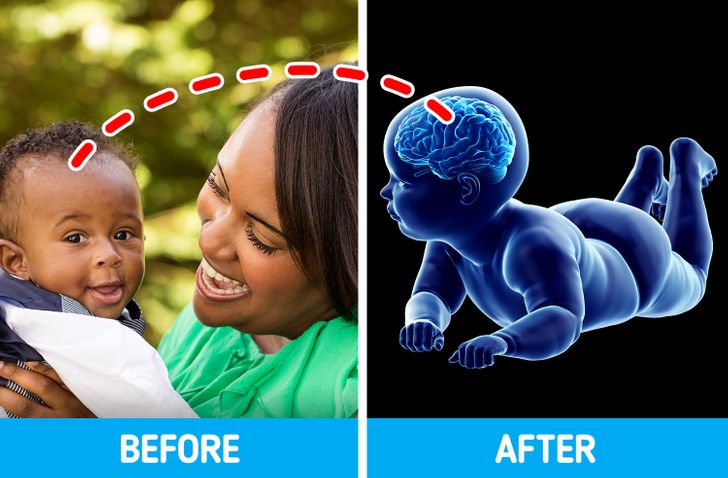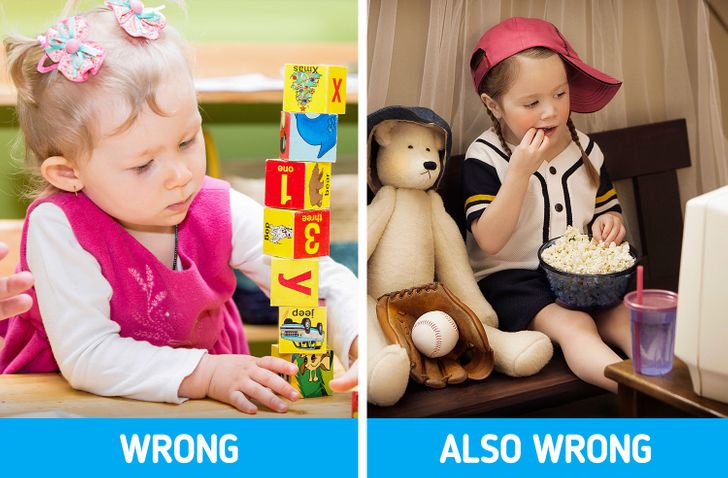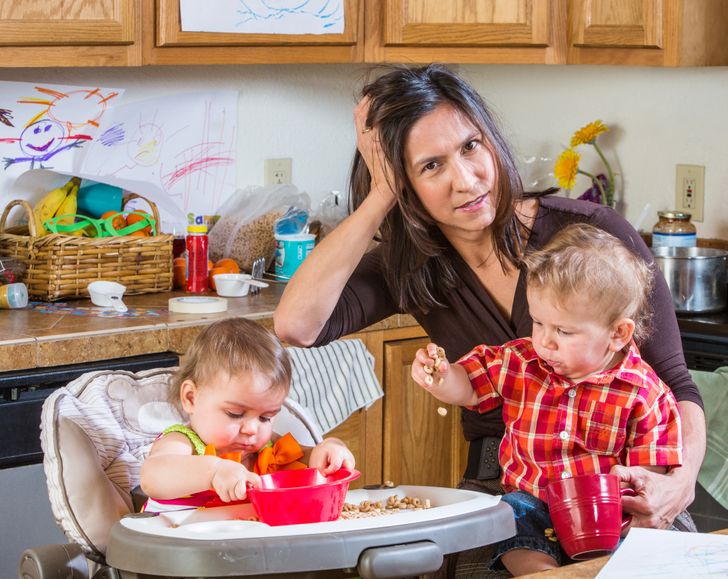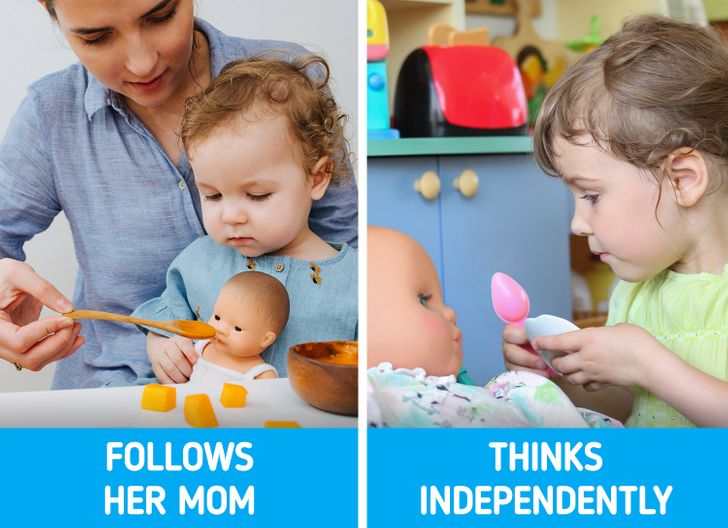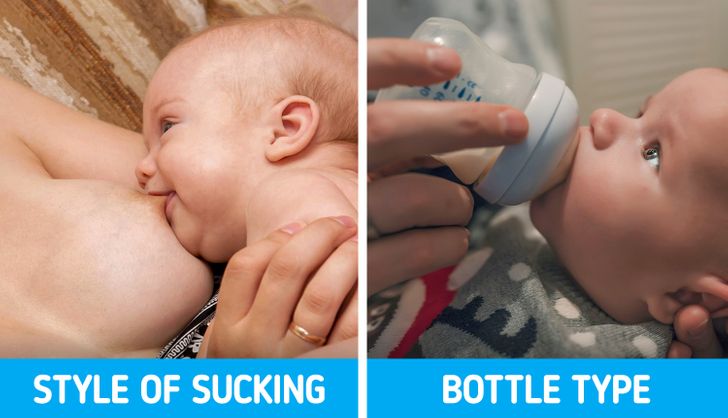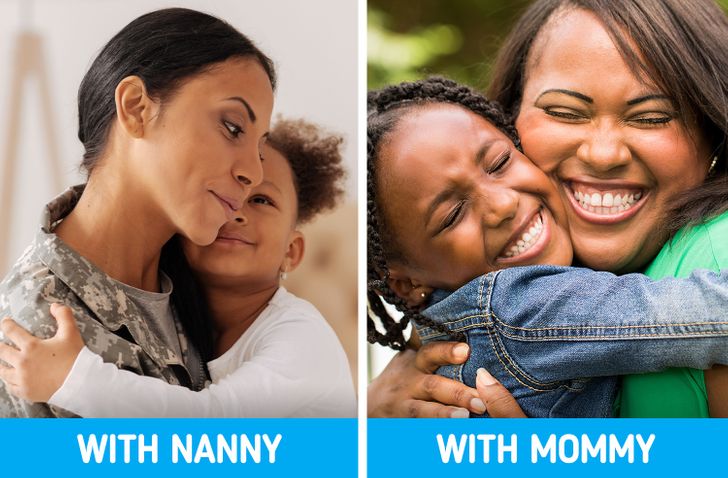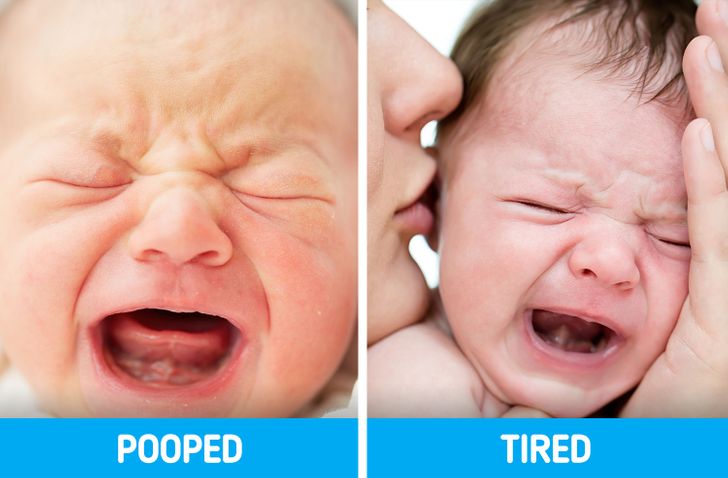I remember my mom told me that I loved my baby teether but she never mentioned that I had problems with my speech or whatsoever
Why Baby Teethers May Not Be Good and 14 More Myths Parents Should Totally Ignore
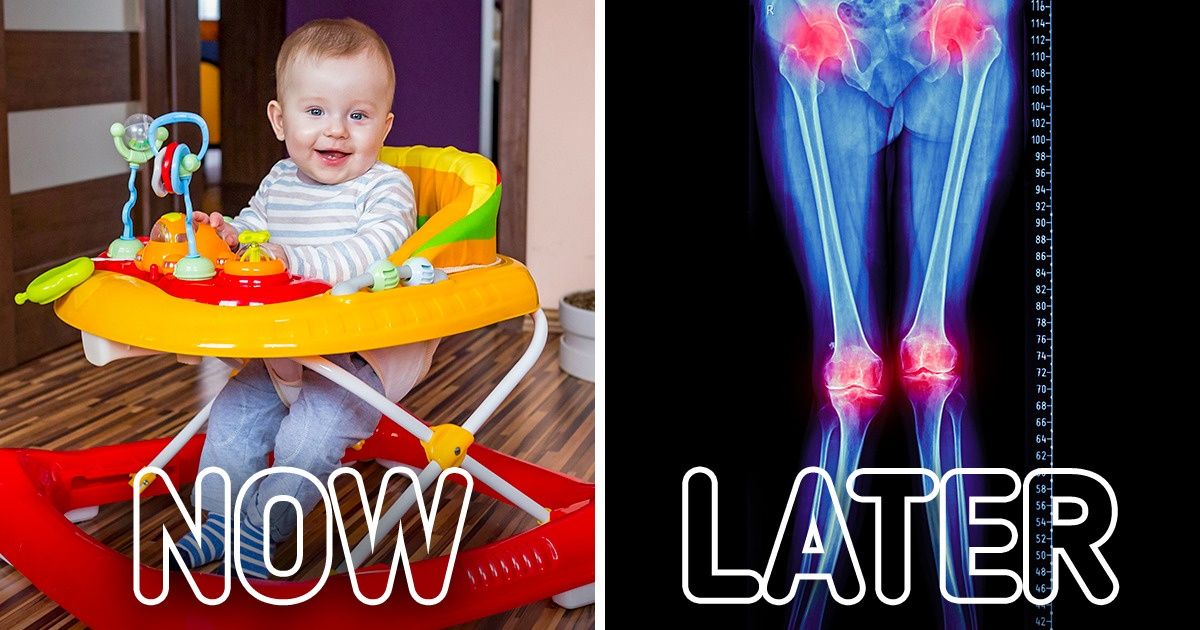
It’s better to shave the baby’s head to make their hair grow thicker. Kids learn best by the age of 3. These are just a couple of beliefs that parents face when raising a child. Unwanted advice and superstitions come from everywhere, and at some point, you may want to know which of them are true and which are just old wives’ tales.
Here at Bright Side, we decided to look for the scientific debunking of myths that parents all over the world may have heard of or read on the internet, and here are the expert opinions on the most widespread parental beliefs.
Myth 1: Baby teethers are necessary.
Baby speech therapists claim that baby teethers may influence the kids’ speech. Turns out, babies who chew on teethers are not able to recognize the difference between sounds, as the tongue and hearing are very closely connected. Even babies who haven’t started speaking yet use their tongue to help them understand speech, and when the tongue is “busy” with the teether, this ability is temporarily lost.
Myth 2: Kids naturally fall asleep when they’re tired.
Have you ever heard the phrase “second wind?” Like when parents are exhausted but a toddler is wide awake because they have this night splash of energy? Most of us do fall asleep when we are tired but toddlers are the exception.
Toddlers who are overtired may develop a giddy mood and start running around in circles. And sometimes, this can escalate — as kids get more tired it will become harder to fall asleep and they will wake up multiple times during the night.
Myth 3: Your child should begin toilet-training no later than 18-24 months of age.
The truth is that there is no mandatory time for when to start. Pediatricians explain that parents may want to speed up this process, as the nappies cost a fortune, but a toddler may not be ready for this yet. According to The American Academy of Family Physicians, potty training should begin between 21 and 36 months and there’s no big benefit if it starts before 27 months of age.
Myth 4: Children aren’t impacted by the TV that plays in the background.
We all do it from time to time. We leave the TV on as background noise when we aren’t really watching. According to studies, if there are young children in the house, it’s better to not do this. Young kids are not able to “multitask” and if the TV is playing in the background, it interrupts their play and distracts them from learning by playing with total concentration. Background TV may slow down the language development for kids under 2, scientists claim. If a kid is over 2 years old, they may just hear things that are not age-appropriate and remember them as a part of their daily speech routine.
Myth 5: Kids need to quickly catch up with learning before age 3, otherwise the opportunity will be lost.
This myth is considered to be the most harmful one, both for kids and their parents. It appeared as a result of an incorrect understanding of the scientific explanation of human brain function and became famous a long time ago. The myth was explained back in 1999 by John T. Bruer in his book. The loss of neural connections after age 3 doesn’t mean that baby will have a lower IQ if they’re not properly trained.
It means babies form some stable reactions toward the most impressive events in their lives by age 3, and some of them will leave a stable mark in their brain. The human brain is plastic and a 3-year-milestone has nothing to do with rapid learning.
Myth 6: Fancy toys are vital for good brain development.
Fancy interactive toys are advertised as “educational” and manufacturers claim that they can teach kids how to talk. In reality, these toys “kill” kids’ imaginations. They do everything for the baby and do not stimulate them to do creative activities, psychologists claim. And the best way a toy can promote language development in babies and toddlers is by stimulating the interaction between parent and child.
Myth 7: Baby walkers help babies start walking.
Even if your kid uses them under your sleepless supervision, there’s the potential that it may harm the baby. They can even provoke the strengthening of the wrong muscles in the baby’s legs, and the joints, as well as the knees, may incur additional pressure, so the skeleton might form incorrectly. Because of the risks, baby walkers have been officially prohibited in Canada since 2004.
Myth 8: Shaving your baby’s head will influence their hair to become thicker.
There is no scientific proof of the common belief that shaving a baby’s head can benefit their hair thickness in the future. The hair structure is determined by genetics, and the only time that it changes is after chemotherapy, according to scientists.
Myth 9: Later to bed = Baby sleeps later in the morning
Sleeping in is a dream for many parents. Actually, the thought that babies will sleep later if put to bed later is a common myth. Babies sleep better and longer if they are put to bed early in the evening. Kids have their “internal clock” and they’ll wake up at around the same time as usual, regardless of the late bedtime.
Myth 10: When parents “baby talk” to a kid, it can slow down the baby’s language development.
“Baby Talk” or “infant-directed speech” can actually benefit a kid’s speech and language development. The sing-song voice parents often use when talking to their babies tells kids that the speech is for them and they pay better attention to what the parents are saying. The use of “baby talk” also helps babies differentiate between sounds and words. However, it is important to remember that this is only good for babies and is not recommended for communication with toddlers or older children.
Myth 11: Educational TV programs, apps, and flashcards will teach my child how to talk.
Children learn best when they play and communicate in real life. Psychologists say that TV doesn’t make children dumb, but their language skills cannot be developed by watching TV. The best way to teach your child new vocabulary and language is by interacting with them in the environment they’ve gotten used to.
You can teach them new words or play with them one-on-one. These natural interactions are much more relevant and more likely to create an amazing impression on your child and will help them understand and use the words in other contexts.
Myth 12: Bad parents leave children to play unsupervised.
Parents can actually leave children alone in a safe area (depending on the age of the child and who else is around). The more a parent is involved in playing, the more the child is following their lead, and they don’t learn to entertain themselves and be their own source of fun and amusement. Although it is good for parents to play with their children, the opportunity for child-led play is also key to development. Playing alone may also contribute to developing the kid’s creativity, as they invent their own roles instead of mom suggesting them to try this or that scenario.
Myth 13: There are good and bad designs of baby bottles and nipples.
There’s no secret list of perfect bottle designs that will help every baby go from breast to bottle, or that will always prevent leaking or gas. That’s because every baby is different and they have their own anatomic peculiarities and preferences. Ali Wing, founder and CEO of Giggle, says that some parents complain about the constant leaking from bottles and nipples, but this has more to do with the baby’s style of sucking and the reality of their different mouths. The best option for parents is to buy a few different bottles and nipples and experiment with what fits their baby’s style the best.
Myth 14: Attachment to a nanny is a bad thing you should try to prevent.
You leave your baby with a nanny, and your maternal instincts scream when you see that your baby actually has a bond with their caregiver. It’s true that the baby will see the nanny as one more parent, but attachment to a nanny is a good thing, psychologists claim. Your baby is learning how to establish a bond with other people and to trust others. Moreover, babies who have more people that they trust and feel secure with, have higher self-esteem than those who only have one person around with whom they feel safe.
Myth 15: All baby cries sound the same.
Babies have a whole language of cries when communicating with parents. Cries for being hungry, sleepy, and calling mom to change their diaper will sound different if you listen closely. Psychologists claim that parents will soon notice a pattern. It takes time, but parents really can learn how to decode these cries. According to a survey, parents say that an “owh” sound may mean that the baby’s tired (the o-shape of the mouth mimics yawning), “eh” means “burp me” (tightening chest muscles make this sound), and “neh” means the baby’s hungry.
What is an old wives’ tale that you’ve heard about parenting that made you Google it to find out if it’s true?
Comments
I never even had one 😅
yet mom said I was a slow child so I started talking very late
so maybe there is no connection after all 🤔
All I remember from my early childhood is that my mom never let me watch interesting cartoons or kids programs on the TV but always went to play with me on the playground. I loved it and she said she did it for my own better and faster development
Related Reads
20+ Newlyweds Who’ve Proven Perfect Weddings Only Happen in the Movies

15 People Who Deftly Outsmarted Their Loved Ones
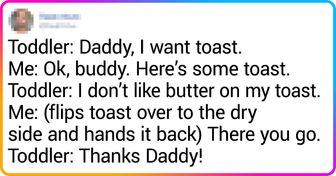
13 Mysterious Coincidences That Defied All Logic

My Daughter Banned Me From Holding My Grandchild—and Her Reason Still Hurts
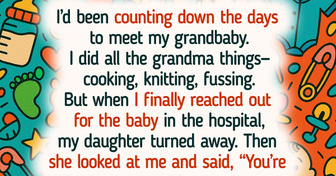
My Stepson Wanted to Go Vegan and Expected Me to Be His Personal Cook
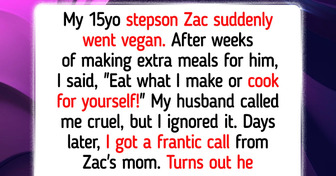
I Refuse to Be Left Out Without Consequences
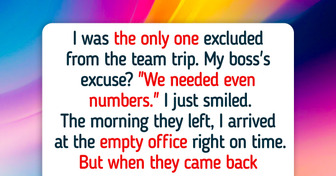
12 Stepparents Who Prove Real Family Isn’t About Flesh and Blood
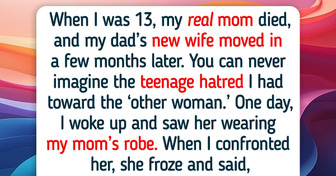
I Refused to Attend My Newly Hired Son’s Comedy Show — I Want It Canceled
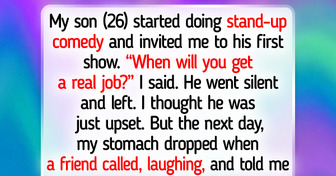
My Boss Refused to Give Me a Day Off—He Wasn’t Ready for My Payback
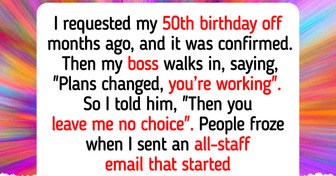
My Family Says I’m Not a Real Mom Because of How My Baby Was Born
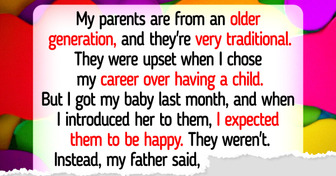
I Was in a Motorbike Accident, Then My Boss Sent a Text That Haunted Me
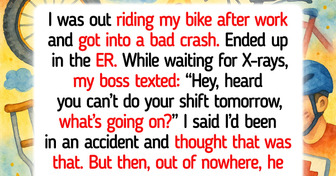
I Refused to Train the New Employee for Free—Now HR Got Involved

